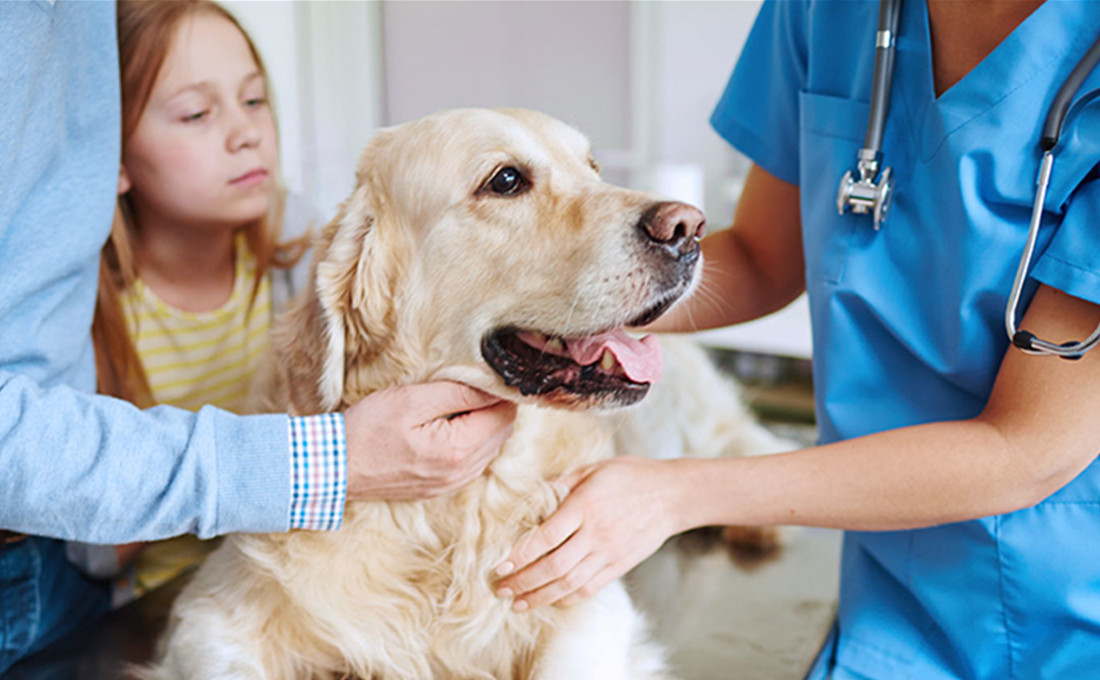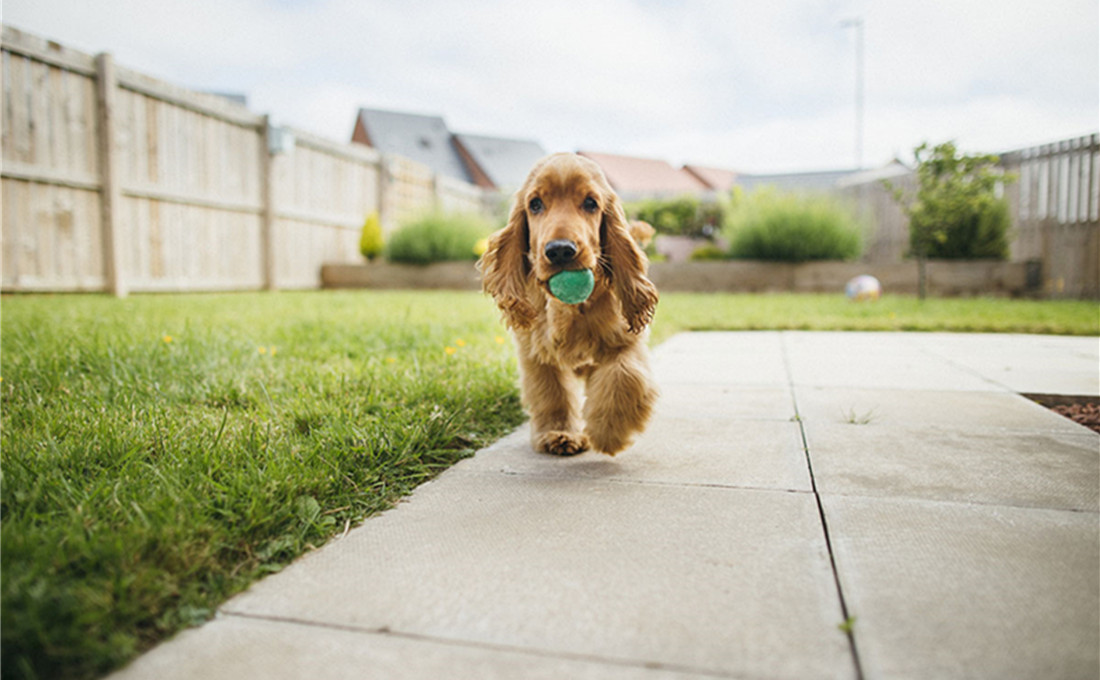
At any time of the year, our furry friends such as pet dogs and cats among others, are dogs to injury or illness especially if they spend a lot of time outdoors. Following this, many pet owners are anxious that they may not be able to afford their pet health care services. Pet insurance is a great option to assist you with veterinary expenses. But before you decide on which pet insurance is ideal for you. Here are some tips to help you select the best pet insurance out there.
Type of Coverage
When it comes to the type of coverage, there are some factors that affect the cost of pet insurance including pet’s routine care, accident, and illness. When considering this, it is important to know what benefits are covered and the ones that are not covered. Normally, insurance with large coverage has greater premium rates. However, choosing not to cover your four-legged furry friend’s routine care will assist to minimize the insurance cost.

Policy Limits
The next important thing you need to look at is whether the policy limits are deductible, annual cap, incident cap, co-pay because these factors usually affect the insurance cost. You need to determine the amount you need to pay before the Insurance Company reimburses the expenses. Besides that, you should know the maximum amount that is paid per illness or incident and annual caps. To have more affordable pet insurance, you are recommended to select a higher co-pay, lower annual maximum, and a higher deductible.
Geographical Location
Since veterinarian costs vary between locations, the areas where you live usually affect the premium. Normally, the veterinary care cost is less expensive in a small town than in a big city, which affects the rates of reimbursement.
Type of Pet
Some pets tend to have more accident problems or illnesses than others. For instance, dogs tend to have more health problems and injuries than cuts. Following this, it becomes more costly to insure a dog than a cat.
Age of Pet
The cost of pet insurance is also affected by the age of the pet. Generally, pets aging 8 weeks to 5 years old have the best rates whereas older pets have higher premium rates since they are more prone to health problems than younger pets.
